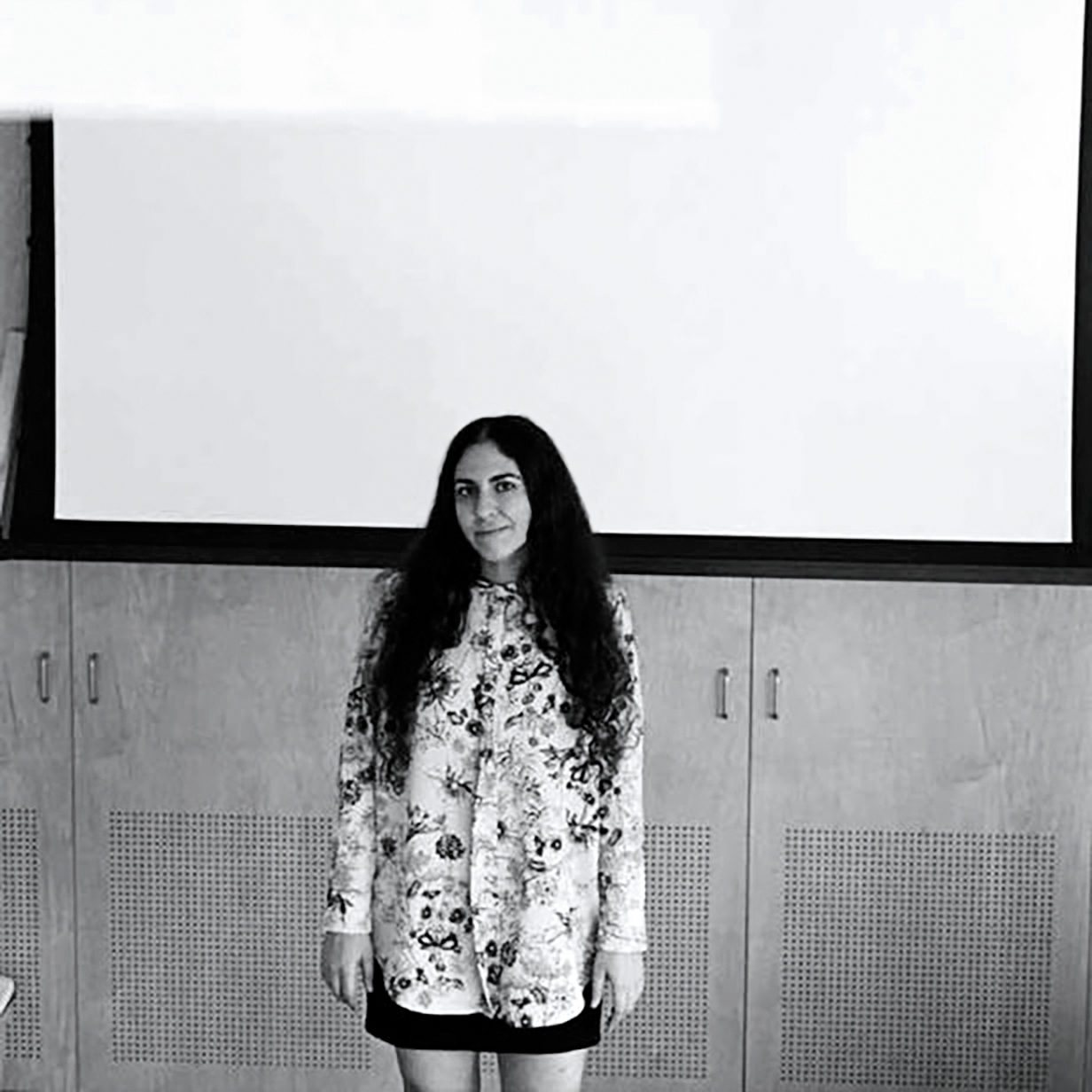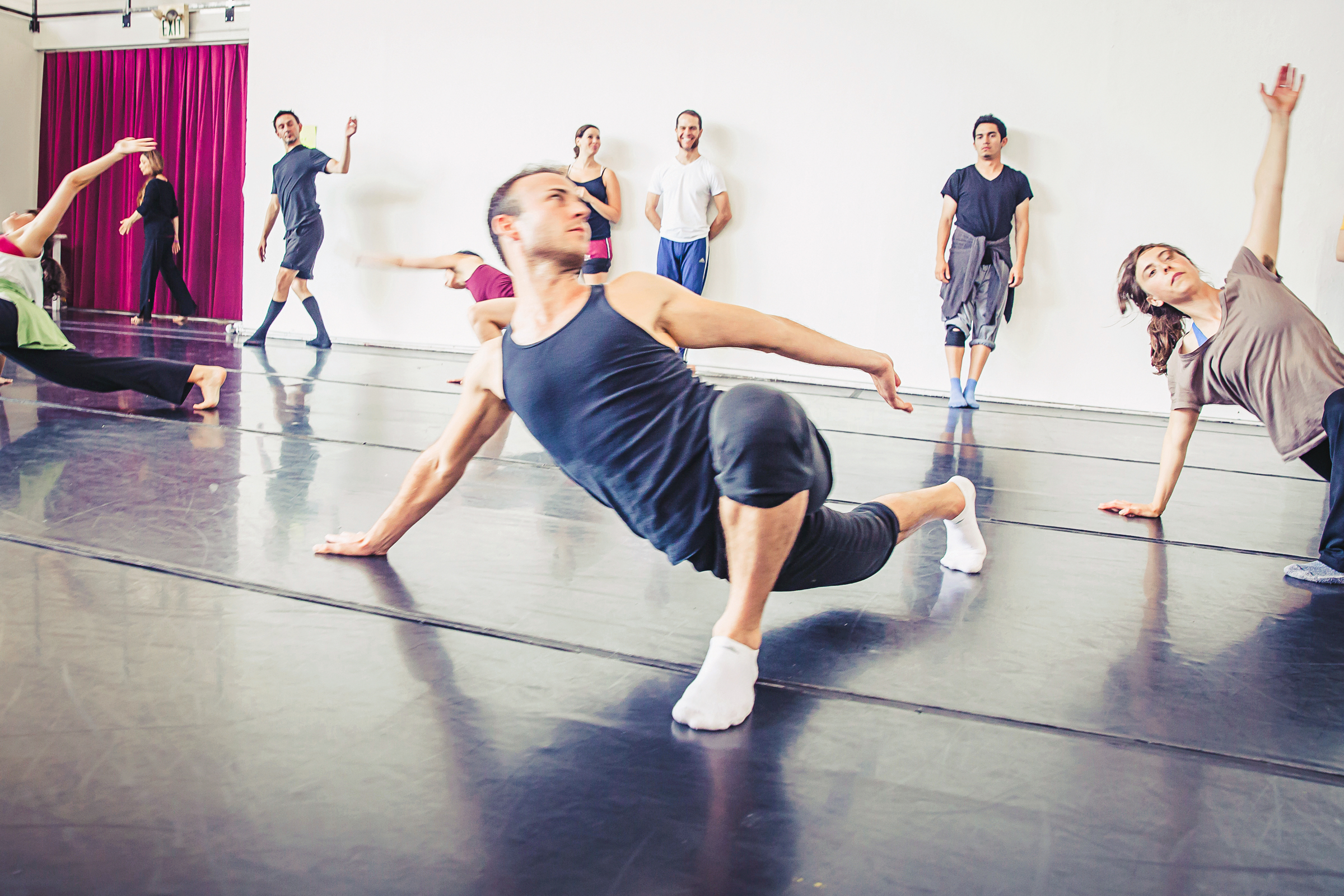The Do’s and Don’ts of Finding and Securing the Right Grant for Your Work
If you’re new to grant writing, it might seem that getting a grant is like trying to join a secret club. “It’s hard to get your first grant,” admits Charles Slender-White, artistic director of FACT/SF, a contemporary dance company that also funds the work of other dance artists. “Funders are more inclined to fund those who have already received funding.” What you can do is make sure you’re applying to the right grants for your current career stage, choreographic values and proposed project—and that your application is strong.
Dos and Don’ts
DON’T use jargon or insider language. “I’m someone who loves theory—it’s central to my work, and it’s the way I phrase things to myself,” says Aliza Shvarts, director of artist initiatives at Creative Capital. “I know, though, that those kinds of ways of putting things can be impenetrable to other people.” Remember that the people reading grant applications may not be from the dance world and may not be familiar with the ideas you’re exploring in your proposed project. Shvarts suggests keeping in mind that someone is reading the application questions you’re answering. “The reader on the other side of the paper is someone who likely cares about the broader field you’re in, and they’re trying to understand what your work is about,” she says. “You want to make it easy for them, so they don’t get caught up in the language but in the idea.”
DO have someone else proofread your application. It’s difficult enough to find time to fill out a grant application, let alone complete a draft early enough for someone else to review it and offer feedback. Rather than scrambling to find a proofreader as a grant deadline looms, Slender-White suggests implementing a regular peer accountability structure with a colleague, as he has done. “We meet twice a month and share what we’re working on: ‘Here’s my project description, here’s my press release, here’s some copy I’ll use for our postcard. What do you think?’ ” he says. “That’s especially useful if you don’t have the money to hire a grant writer. You can do a trade with someone.”
DON’T try to shoehorn your project into an organization’s values. When you’re choosing which grants to apply to, Slender-White recommends examining what the values of the funder are. “Are they about social justice? Equity? Climate justice?” he says. “If the values alignment feels off between you and the funder, it’s probably not worth applying. You’ll find yourself making up things that you care about in order to seem competitive, and that will not pass the smell test.”
DO clearly state your proposed project. “Artists can get really excited by the concept, the feeling, the aesthetic, what they want their audience to come away with, how they’re revolutionizing the field,” says Slender-White. “All of that definitely has a place in the application, but you also need a simple statement: ‘I am making a 40-minute contemporary dance with three dancers and recorded music that will premiere on blah blah blah.’ ” Shvarts offers a similar piece of advice: “It’s important to really answer the question being asked of you,” she says.
Which Grant Is Right for You?
If your production budget is small…
Try a region-specific grant, like FACT/SF’s $1,000 production grants for San Francisco–based artists; or the UMEZ Mertz Gilmore Seed Fund for Dance, a $5,000 grant for dance projects taking place in Upper Manhattan. “Usually, grants that are less than $10,000 are designed with earlier career artists in mind,” says Slender-White. “When we’re evaluating who to fund, we’re looking at the award relative to the budget size. I don’t feel like we can have much impact for people who send in really large project budgets, when we’re offering $1,000.”
If you’re short on time…
Try the Creative Capital grant. “We reduced the number of questions on our application from 40 to six,” says Shvarts. “It’s on grant makers to think about what information is really necessary to evaluate a project.”
If you’re ready to tour…
Try a National Dance Project Production Grant. Awardees receive a package of support, including $45,000 for the creation of a new work; $10,000 for general operating support; $11,500 for community engagement plans; and up to $35,000 to support a national tour of the work.
If your funding fell through…
Try a Foundation for Contemporary Arts Emergency Grant. These grants range from $500 to $3,000 and are for performing artists who either incur unexpected expenses for upcoming projects or who have an unanticipated opportunity to present their work.
If you’re not sure where to start…
Check out Creative Capital’s list of artist opportunities, compiled online each month. You could also see if your city has a dedicated dance service organization that publishes upcoming regional grant opportunities—in San Francisco, for example, Dancers’ Group has a grant calendar.
Two Birds, One Stone

Think about the grant-writing process as an extension of your artistic process. “An application can serve multiple purposes,” says Charles Slender-White. “Maybe through writing the budget out you start to see that what’s important for this project is live music, or it’s the set, or it’s hiring a publicist because you’ve never gotten enough coverage, or a videographer to get a great work sample.” Aliza Shvarts found that the more grants she applied for, the better she’d get at talking about her work. “What I would write for grants would make its way into my artist statement,” she says.




